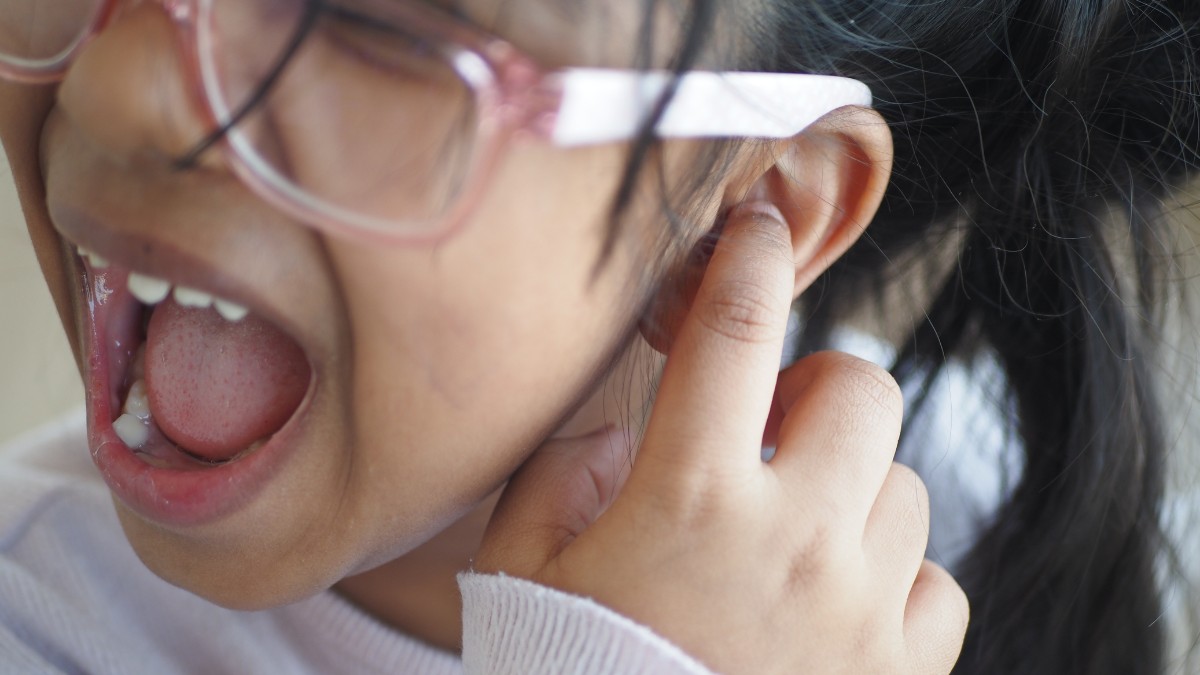Key Points:
- Sensory Processing Disorder (SPD) can exist independently of autism, though the two conditions often overlap.
- SPD affects how the brain processes sensory information, leading to over- or under-sensitivity to stimuli like sound, touch, or movement.
- Early intervention and therapy can help manage SPD symptoms and improve daily functioning.
Imagine feeling assaulted by everyday sensations – the buzz of lights, the scratch of a shirt tag. For kids with SPD, this is reality. And while it often overlaps with autism, sensory processing issues can absolutely stand alone. Let’s explore how to recognize and help these sensory differences.
Is SPD Always Linked to Autism?
The answer is: No! Sensory Processing Disorder can occur on its own, though it frequently coexists with autism. While many children with autism experience sensory challenges, SPD is a distinct condition that affects individuals across the spectrum, including those without an autism diagnosis.
Understanding the difference is crucial for getting the right support. SPD primarily involves difficulties in processing sensory input, whereas autism includes broader social communication and behavioral differences. A child with SPD alone may struggle with loud noises or clothing textures, but not necessarily with social interactions.
How SPD Differs from Autism
SPD disrupts how the nervous system receives and responds to sensory information. Children with SPD may:
- Overreact to everyday sounds or touches
- Seek intense sensory input (e.g., spinning or crashing into things)
- Struggle with balance or coordination
Unlike autism, SPD doesn’t inherently involve social communication delays. However, sensory challenges can look like behavioral issues—which is why SPD is sometimes mistaken for ADHD or autism.
SPD manifests in three main ways:
- Sensory Modulation Disorder – Over- or under-responding to stimuli (e.g., covering ears at normal volumes).
- Sensory-Based Motor Disorder – Poor balance or clumsiness due to sensory misprocessing.
- Sensory Discrimination Disorder – Trouble distinguishing between similar sensations (e.g., hot vs. cold).
How to Recognize SPD in Your Child
If you’re wondering, “Can you have SPD without autism?”, watch for these red flags:
- Extreme discomfort with clothing tags, seams, or certain fabrics
- Frequent gagging or picky eating due to food textures
- Avoiding playground equipment like swings or slides
- Unusually high or low pain tolerance
These symptoms can appear in toddlers or older children—and they often lead to meltdowns or avoidance behaviors when sensory triggers are present.
Consider an occupational therapy (OT) assessment if:
- Sensory issues disrupt daily life (e.g., refusing to wear shoes or eat).
- Your child’s reactions seem disproportionate to the stimulus.
- School or social settings become overwhelming due to sensory triggers.
Early intervention can prevent secondary issues like anxiety or self-esteem challenges.
Diagnosis: How Professionals Tell SPD from Autism
One key challenge is that SPD isn’t currently listed in the DSM (the diagnostic manual for mental health conditions), while autism is. This oversight leads some doctors to miss SPD entirely unless autism is also present. However, growing advocacy efforts are fighting for better recognition—because SPD absolutely can exist on its own.
The diagnostic process for SPD typically includes three key steps:
- Parent interviews about sensory reactions and developmental history.
- Clinical observations of the child’s responses to sensory stimuli.
- Standardized assessments like the Sensory Integration and Praxis Tests (SIPT).
Most importantly, evaluators specifically check for autism’s core symptoms. They look for social communication challenges and restricted interests—features not required for an SPD diagnosis. This careful distinction confirms that yes, a child can have SPD without autism.
The takeaway? While the diagnostic path may require persistence, proper identification leads to more targeted support. Recognizing SPD as its own condition—separate from autism—is crucial for getting children the right interventions, especially when sensory challenges like taste sensitivity come into play. For a deeper look into how these sensitivities affect individuals on the spectrum, explore Understanding Autism and Taste Sensitivity in Children and Adults.
Treatment Options for SPD Without Autism
Now that we’ve explored how SPD is diagnosed, you’re probably wondering: What actually helps? While every child’s needs differ, these evidence-based strategies can make daily life easier for kids with standalone SPD. Let’s look at the most effective approaches.
Occupational Therapy (OT)
OTs use sensory integration techniques to help kids:
- Gradually tolerate triggers through controlled exposure.
- Improve motor skills with balance and coordination activities.
- Develop self-regulation tools (e.g., weighted blankets or fidgets).
Home Strategies for Sensory Challenges
Parents can support their child by:
- Creating a “sensory diet” of calming/alerting activities (e.g., jumping on a trampoline or deep-pressure massages).
- Offering choices (e.g., “Do you want the red shirt or the blue one?” to avoid texture battles).
- Using noise-canceling headphones or dim lighting in overstimulating environments.
Empower ABA: Supporting Sensory and Behavioral Needs
While ABA therapy is best known for autism, its principles—like positive reinforcement and structured routines—can also help kids with SPD develop coping skills. At Empower ABA, our therapists tailor strategies to each child’s sensory and behavioral profile.
Get Expert Guidance in Virginia, New York, and New Jersey
If you’re navigating sensory challenges or related behaviors, Empower ABA offers evidence-based ABA therapy across Virginia, New York, and New Jersey. Let’s work together to create a personalized plan for your child’s success. Contact us today to learn more!



